One of the main ways of getting a new cat breed recognized is through a cat registry operated by one of the major cat organisations. These tend to use a series of recognition levels:
* Full - breed that can compete for championship titles
* Provisional/Preliminary - recognition of a breed until they demonstrate that they can breed true (continue to produce the breed in future generations)
* Experimental - provisional register for breeds in development
* Exhibition only - for a new trait, new import or a minor variety that doesn't complete but exhibits to general interest
* Registration only - breed is registered but cannot be exhibited
Of all the registries, The International Cat Association (TICA) is viewed as one of the most progressive as they accept cross breeds, mutations of existing breeds, naturally occurring breeds from unusual locations and even experimental breeds without an official registered name.
New versions
The American Curl is the newest of the curl breed of cats and originated in Southern California in 1981. The name comes from the curl of their ears due to a genetic mutation that makes the cartilage of their ears take this shape. It isn't visible for the first few weeks of life when they appear like any other kitten but then the ears curl to their characteristic shape.
The Highlander is another new breed of curl cats that looks similar to the American Curl but has been shown to be a distinct breed. It has only been around since 2004.
The Munchkin is a new breed of dwarf cat bred from naturally occur mutations that have been around since the 1940s. They were officially first bred in 1983 and weren't recognized by the public until 1991. They are known for having a normal sized body and short legs.
The Napoleon is another dwarf breed, similar to the Munchkin. It is a cross of a Munchkin with a Persian or an Exotic Shorthair and has been around since 1995.
The Peterbald is a Russian breed first produced in 1994 in St Petersburg. It is a mix of a Donsky and an Oriental Shorthair to produce cats that are either bald or have flocked, velour or brush coats of very short and fine hair or sometimes straight coats.
Hybrids
While the Cheetoh might sound like something you would find on the crisp rack, it is actually a new hybrid breed of cat with a complicated history. It is a cross between the Ocicats and the Bengals, of which the latter is itself a hybrid of the domestic cat and the Asian Leopard Cat. They have been officially recognized as a breed by the United Feline Organisation since 2004.
Unusual coats
The breed known as the LaPerm have the distinction of being the cat that looks like it's been to the hairdressers for one of those curly perms but is born that way. They all descend from a single kitten born in 1982 from normal parents that had a soft and wavy coat. They are born either with no hair or with short hair that is straight, their curly fur soon grows in to give them their distinct look.
The Minskin is notable for two reason; its lack of coat and its short stature. It is the result of the crossing of a Munchkin breed, which has short legs and a Sphynx, which is hairless. The end result is a hairless dwarf cat that has Siamese markings. They were first bred in 1998 in Boston.
The Toyger is a type of tabby bred specifically for its markings to resemble a tiger. It isn't yet accepted by The International Cat Association but there are around 20 dedicated breeders across the US currently.
Unusual features
The Ojos Azules is one of the rarest breeds of domestic cat and originated in New Mexico in 1984. Its rarity and its name comes from its blue eyes, which are unrelated to the color of its coat as is normal with cat breeds. Regardless of what color its coat is, Ojos Azules have bright blue eyes.
Conclusion
When it comes to adopting a new breed of cat, many factors are the same as with well-established breeds - they have recognized traits, may be good or not good with children and other pets. They will still need the same basic love and attention and the same essentials around the house such as the cat litter tray, the scratching post and plenty of toys.
The main uncertainty with the new breeds is the long-term health issues that their particular mutation may lead to. This will only be fully known as the early generations of these cats have passed on and new generations mature. But the possibility of a chance of a health problem somewhere in life is not a reason to discount them from the list of breeds to consider when getting a cat. Because no matter what breed they are, all cats need a loving home.

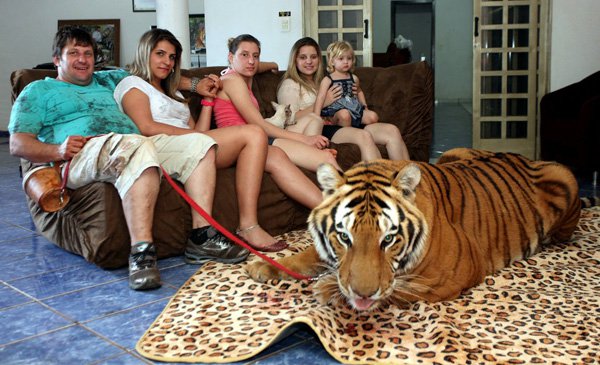 Care for Your Cat and Convenience for You
Care for Your Cat and Convenience for You
Pet
Care for Your Cat and Convenience for You
Care for Your Cat and Convenience for You
Pet
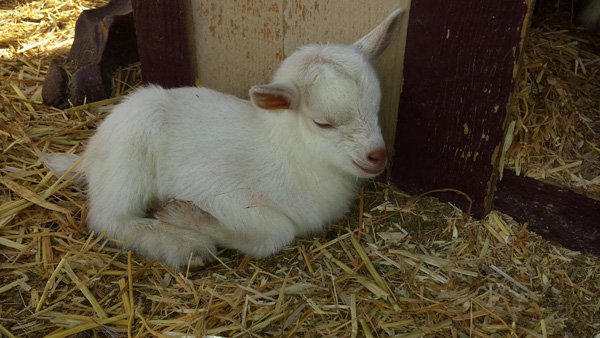 Pet Boarding Facility in Chapel Hill: Safe Heaven for Your Pet
Pet Boarding Facility in Chapel Hill: Safe Heaven for Your
Pet Boarding Facility in Chapel Hill: Safe Heaven for Your Pet
Pet Boarding Facility in Chapel Hill: Safe Heaven for Your
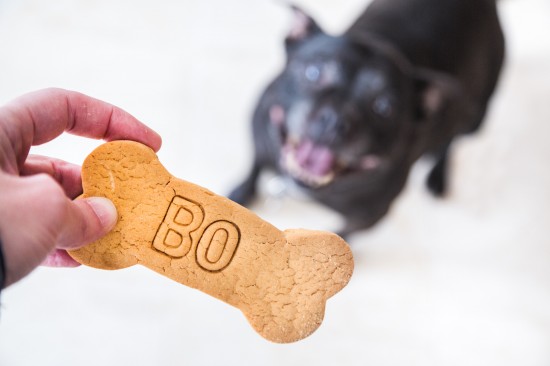 Balancing The Amount Of Treats & Pet Food You Give Your Dog
Balancing The Amo
Balancing The Amount Of Treats & Pet Food You Give Your Dog
Balancing The Amo
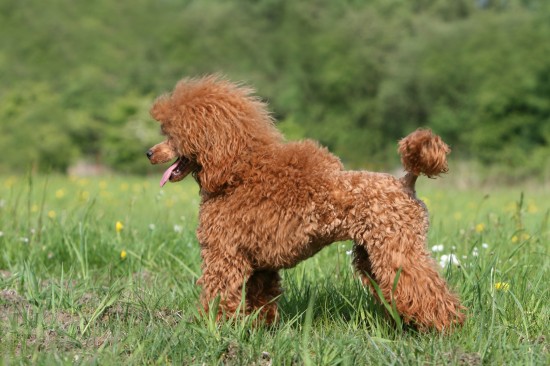 Miniature Poodle Hereditary Health And Health Testing
Miniature Poodle
Miniature Poodle Hereditary Health And Health Testing
Miniature Poodle
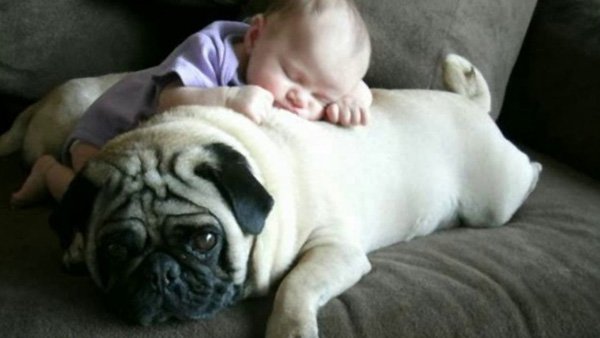 Choose ideal chicken houses and give your chicken the home it needs
Choose ideal chicken houses and give your chicken the home
Choose ideal chicken houses and give your chicken the home it needs
Choose ideal chicken houses and give your chicken the home